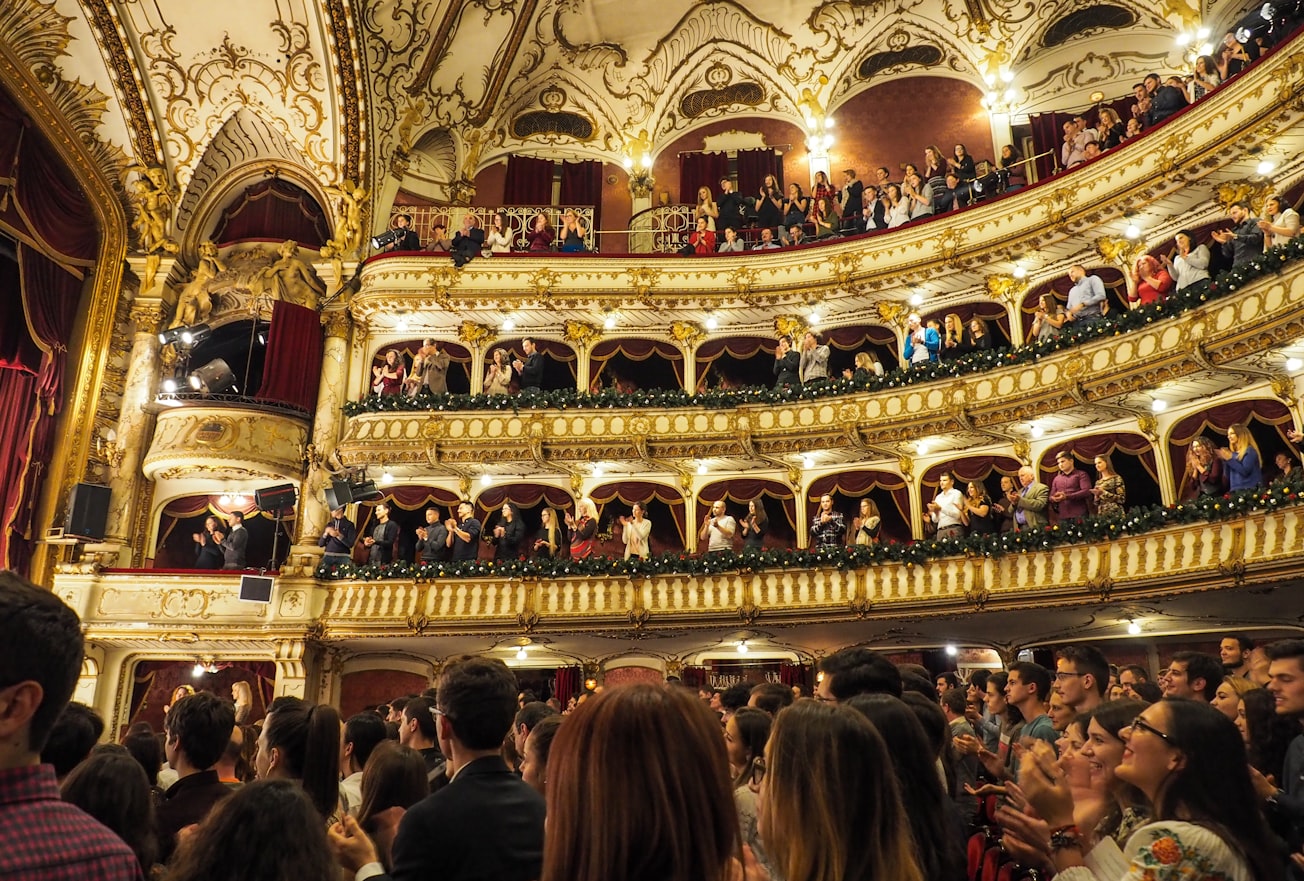What is it about?
The "Teatro Comunale'' (City Theatre) in Bologna is an Italian opera house of the 18th century, designed by the famous architect Antonio Galli Bibiena. Largely built in masonry, it has been only partially restored and altered several times, but never destroyed and rebuilt. The study of its acoustics, while interesting for itself, o!ers the opportunity to investigate the role of the boxes, which constitute the most evident characteristic of Italian opera houses. The study was carried on at first by measurements, acquiring binaural impulse responses in the stalls and in the boxes, and then by computer simulation, modelling also some changes which cannot be done in the real hall. The measurements revealed clear differences between the listening quality in the boxes and in the stalls, especially regarding ITDG, clarity and IACC. Computer simulations show how the sound field in the historical theatre could be if the sound absorption of the boxes were changed, adding some velvet curtains, as was done in ancient times, and clarify the e!ects of the cavities which constitutes the boxes.
Featured Image

Photo by Vlah Dumitru on Unsplash
Read the Original
This page is a summary of: BOXES AND SOUND QUALITY IN AN ITALIAN OPERA HOUSE, Journal of Sound and Vibration, April 2000, Elsevier,
DOI: 10.1006/jsvi.1999.2692.
You can read the full text:
Contributors
The following have contributed to this page







